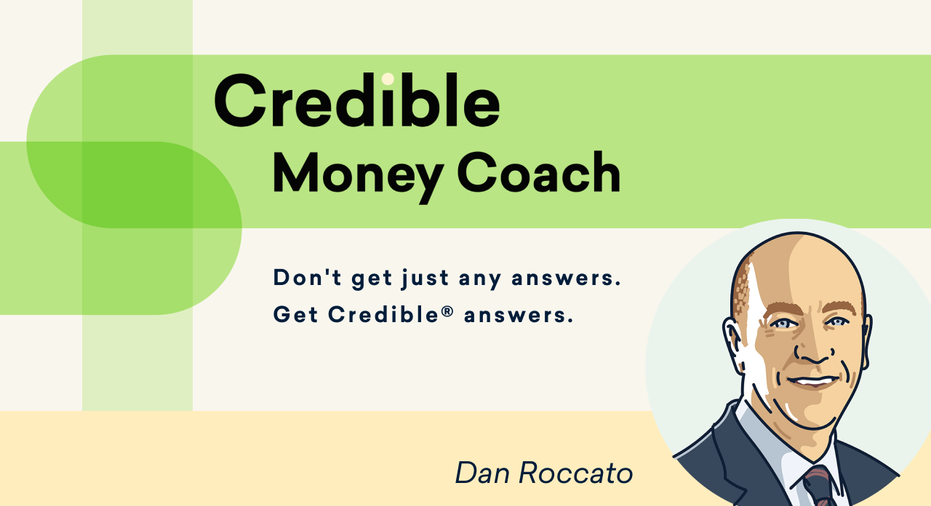Which student loan should my debt-free daughter get to pay for her one-year master's degree?

Credible Money Coach gives tips on the best student loans for a master’s degree. (Credible)
Powered by Credible
Dear Credible Money Coach,
My daughter is one year away from finishing her masters, but needs a student loan for $30K to pay for her one-year master’s program. She doesn’t have any student loans yet. She has summer income that she saves to use during the school year and works four hours a week during school because of school demands. What’s the best type of loan for her? — Connie, California
Hi Connie,
Kudos to your daughter on getting all the way to her master’s without any student loan debt!
For many students, loans are unavoidable, so it’s smart of your daughter to look for the best student loan for her needs. Before signing up for any loans, make sure your daughter checks with her school’s financial aid office to see if there are any grants or scholarships that she might be eligible for.
She should start with federal student loans because they’re typically easier to get and have lower interest rates than private student loans. Generally, federal student loans have no minimum credit, income, or cosigner requirements.
Three types of federal student loans are available: Direct Subsidized Loans, Direct Unsubsidized Loans, and Direct PLUS Loans.
How federal student loans could work for your daughter
Since she needs to borrow for her master’s degree, your daughter won’t be eligible for a federal Direct Subsidized Loan. They’re only available for undergraduate students with financial need. But she could pursue a Direct Unsubsidized Loan and Direct PLUS Loan.
The maximum she could borrow on a Direct Unsubsidized Loan is $20,500, which wouldn’t be enough to cover the full cost of her master’s program. She could then apply for a Direct PLUS Loan to cover the remaining $9,500. She’ll end up with two loans to keep track of, but she’ll also likely get the best deal available on a student loan. And, once she leaves school, she’ll have the option of consolidating the two loans into a single Direct Consolidation Loan.
Your daughter will need to complete the Free Application for Federal Student Aid (FAFSA), and her school will use the information from it to determine her student loan amounts.
What to know about private student loans
Another option for your daughter is to take out a private student loan to cover some or all the entire $30,000. This approach has pros, but mostly cons. If she, or her cosigner, has good credit and income, she may be able to qualify for a better interest rate. She may also be able to avoid an origination fee, which applies to federal loans. And having just one payment to keep track of can be appealing.
Private student loans can also be helpful when a student has reached the maximum they’re allowed to borrow on federal student loans. Private loans can fill a funding gap.
But private student loans don’t come with the same protections and repayment flexibility as federal student loans — which is why we always recommend looking into federal loan options first.
Need Credible® advice for a money-related question? Email our Credible Money Coaches at moneyexpert@credible.com. A Money Coach could answer your question in an upcoming column.
This article is intended for general informational and entertainment purposes. Use of this website does not create a professional-client relationship. Any information found on or derived from this website should not be a substitute for and cannot be relied upon as legal, tax, real estate, financial, risk management, or other professional advice. If you require any such advice, please consult with a licensed or knowledgeable professional before taking any action.
About the author:
Dan Roccato is a clinical professor of finance at University of San Diego School of Business, Credible Money Coach personal finance expert, a published author, and entrepreneur. He held leadership roles with Merrill Lynch and Morgan Stanley. He’s a noted expert in personal finance, global securities services and corporate stock options. You can find him on LinkedIn.




















